Model Course
「椿」 ~奈良の「三名椿(さんめいちん)」をめぐる
<見頃:3月~4月中旬>紅色の花びらに白い絞りを入れた大輪の東大寺開山堂「糊こばし」。一本の木に様々な花を咲かせる白毫寺「五色椿」。散り際に花びらを一枚づつ落とす伝香寺の「散り椿」。この珍しい3つの椿が、奈良の「三名椿(さんめいちん)」と呼ばれています。
| Areas |
|---|
Model Course
Byakugo-ji Temple
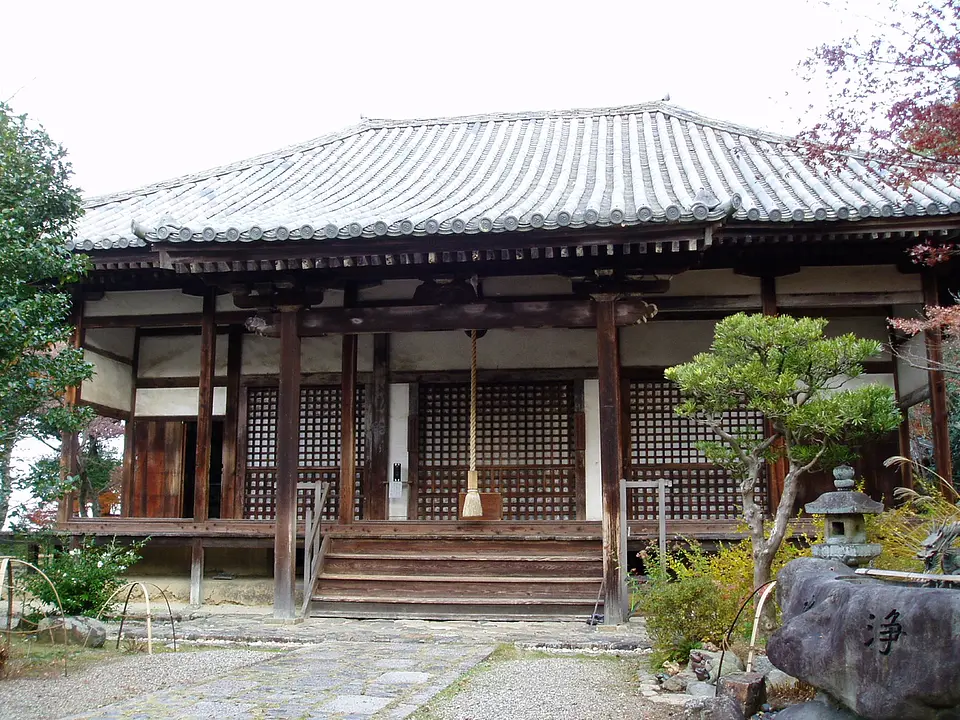
Byakugo-ji Temple
Located on a hill at the western foot of Mt. Takamadoyama, the temple grounds overlook the city of Nara. There are various theories about its origin, with one saying that it was built on the site of the mountain villa of Prince Shiki, a son of Emperor Tenchi. It is said that it was rebuilt during the Kamakura period by Kosho Bodhisattva Eison, who restored many temples. After Dosho, a disciple of Eison, brought back a copy of the Sung version of the Issai-kyo from China, it was also called ``Issai-kyo Temple,'' and its principal statues include Buddha statues that are important cultural properties, such as the seated statue of Amida Tathagata and the seated statue of King Enma. Eight of them are kept in the treasure house. There is an old Goshiki camellia tree, a prefectural natural monument, on the grounds, and it is famous as one of Nara's three famous camellias. In addition, in autumn, the stone steps leading to the shrine are decorated with beautiful clover flowers. (Photo provided by Byakugoji Temple)
Denko-ji Temple
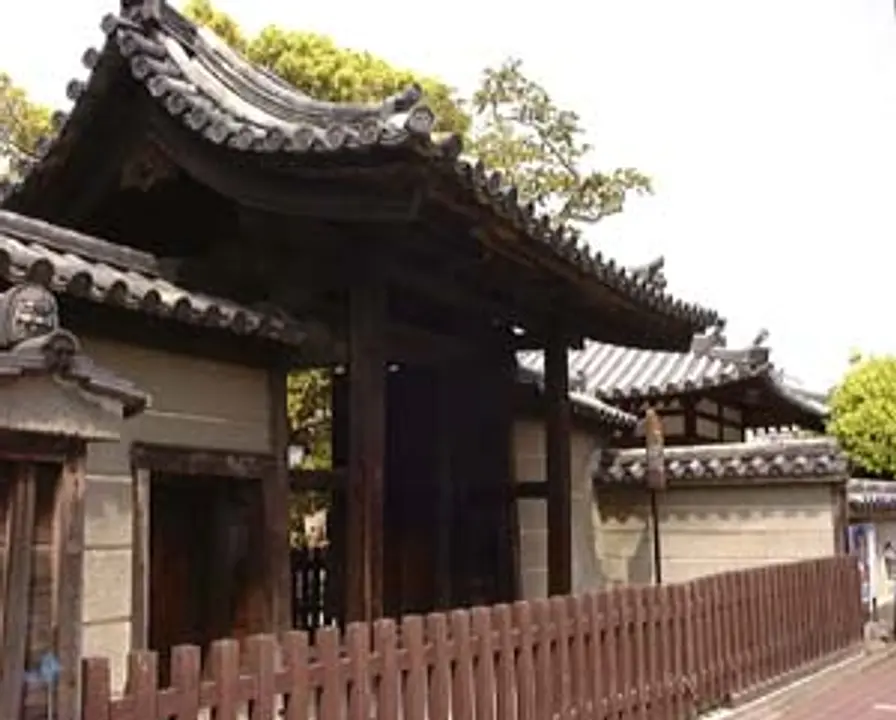
Denko-ji Temple
Denko-ji Temple is said to have been opened during the Tenpyo Hoki era by Ganjin Kazujo's disciple, Shiki Ritsushi. The camellia in the shrine grounds is one of the three famous camellias in Nara, and is called Chiri-tsubaki because the petals fall one by one.
Todaiji Temple - Nigatsudo Hall
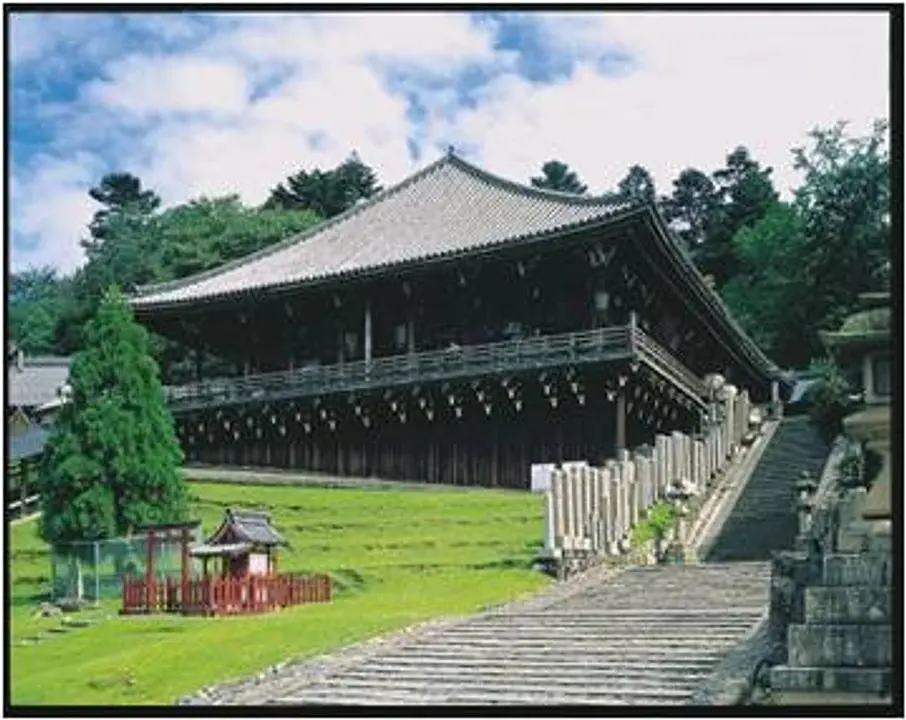
Todaiji Temple - Nigatsudo Hall
Nigatsu-do (Second Month Hall) named after the “Shuni-e (omizu-tori)” ceremony held at this place in the second month of the lunar calendar. Nigatsu-do remained despite the fires set by Taira-no Shigehira in 1180 and the fires from the battle of Miyoshi / Matsunaga in 1567, but it was burned to the ground by accident in 1667, during the Shuni-e (omizu-tori) ceremony. The presently standing building was rebuilt two years after this fire. The principle objects are statues of Kannon called O-gannon (big Kannon) and Ko-gannon (little Kannon), and to look upon them is forbidden, so they are always kept hidden from view.
Kasuga Taisha Shrine Garden - Manyo Botanical Garden
Kasuga Taisha Shrine Garden - Manyo Botanical Garden
The manyo botanical garden with the longest history in Japan. Around 300 species of plants appearing in the Man-yo-shu (Japan's oldest collection of poems) are grown here, and each representative poem is written next to the plant with which it coincides. With an area of 30,000 hectares, within the botanical garden there is the “Fuji-no-sono” garden, with over 200 wisteria plants, the symbol of Kasuga Taisha Shrine, of around 20 different varieties. There is also the "Tsubaki-en" garden and the "Hana-shobu-en" garden where one can observe many precious seasonal plants of ancient times.
Toshodaiji Temple - Kondō (Golden Hall or main hall)
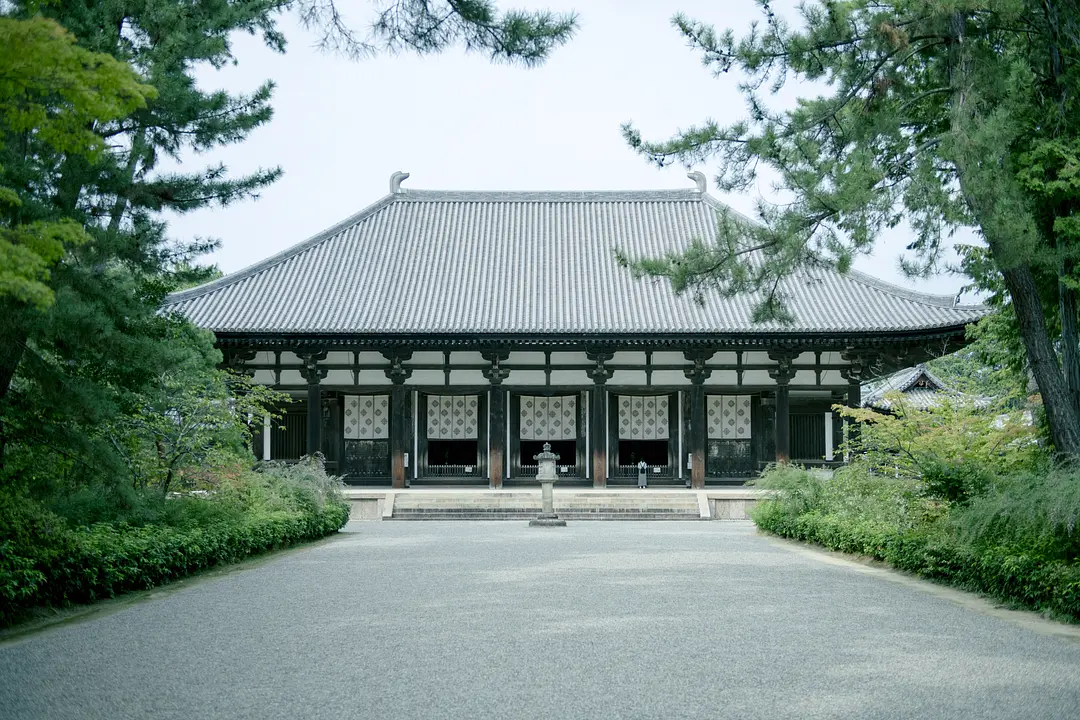
Toshodaiji Temple - Kondō (Golden Hall or main hall)
The Kondō (Golden Hall or main hall) is a classic building whose appearance has remained the same since the second half of the 8th century, when Toshodaiji Temple was established. The façade is seven ken* (approximately 4.7 meters in the center, narrowing to 3.3 meters at each end), the hipped roof is 4 ken from front to back with 1 ken of open-air space in the front, and three-step bracket complexes called mitesaki, support the eaves, all of which reveals the era in which it was constructed. Inside the hall is the principle object of worship, the seated statue of the buddha Birushana (Vairocana) in the middle. A standing statue of Yakushi Nyorai (Bhaisajyaguru) is on its right and a standing statue of the Thousand-armed Kannon (Avalokitesvara bodhisattva) is on its left. (All are National Treasures.) *ken: Japanese measurement of 1 ken = approximately 1.82 meters or 6.58 feet.
Futai-ji Temple
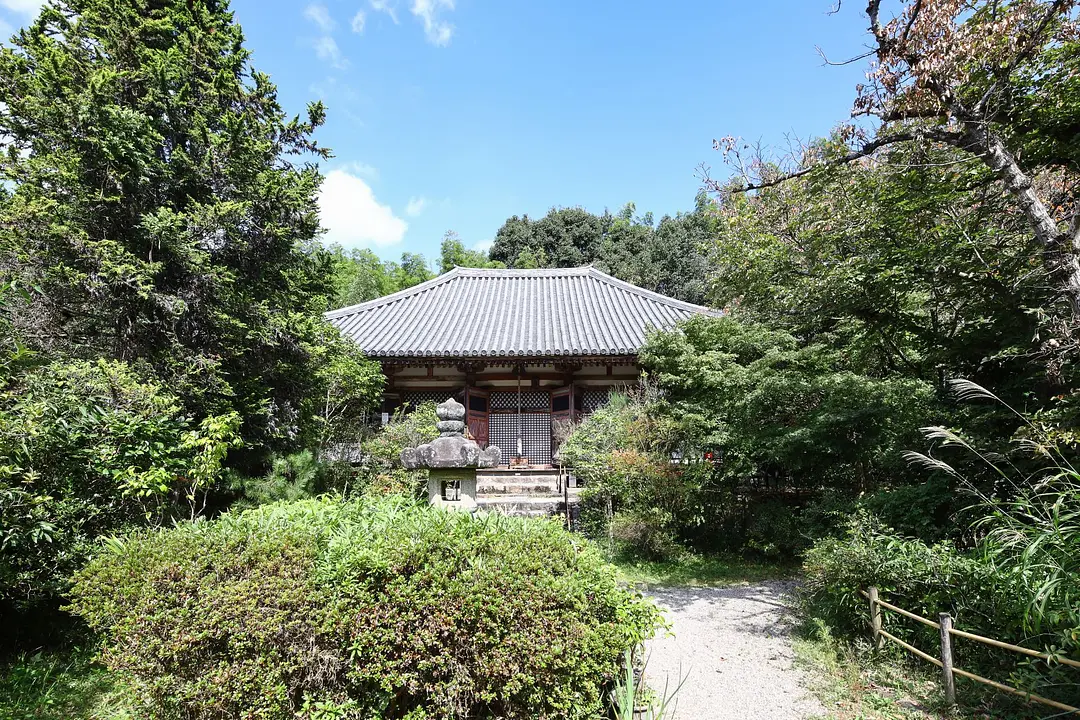
Futai-ji Temple
The temple is related to Ariwara-no Narihira, known as the central figure in the Tales of Ise. It is said that Narihira founded this temple by carving a statue of Holy Kannon (Avalokitesvara) himself. Thus, this temple is also called Narihira-dera. The installation of the south gate (Important Cultural Property) on which a heroic kaerumata (a strut with the design in the shape of splayed frog’s legs) is placed, the unique and delicate lattices referred to as narihira-koshi of the hondō (main hall), and a tahōtō (two-storied pagoda) missing its top, etc. creates an atmosphere of the elegant residence of a nobleman, rather than that of a temple. Important Cultural Properties such as the standing statue of Shō-Kanzeon-Bosatsu (Avalokitesvara bodhisattva) with elegant ribbons, and the Godai-Myō-ō (Five Great Wisdom Kings) with a rare complete set of 5 statues, are being preserved in the hondō.
Nara Palace Site Historical Park
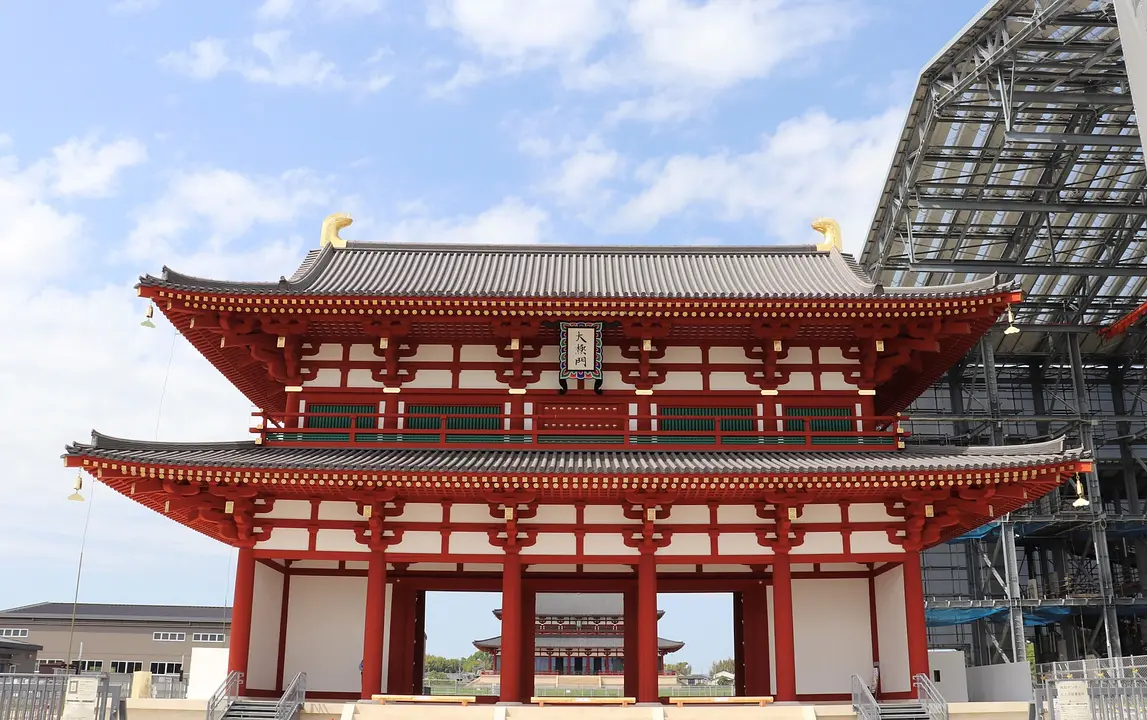
Nara Palace Site Historical Park
The extensive open space of lawn seen between Saidaiji Station and Shin-Omiya Station on the Kintetsu Line is the Heijo Palace, the center of Heijo-kyo Capital, which lasted for 74 years over the 7 successive reigns. The Palace was located in the northernmost area of the central Heijo-kyo Capital and, with an extended area toward the east, it had a total area of about 120 hectares. Containing the Daigoku-den and the Chodo-in for formal ceremonies, the Dairl as an emperors' residence, the To-in, and government offices with 8 ministries and 100 agencies, the Palace is considered to have been surrounded by mud walls and moats with a total of 12 gates, 3 gates being built in each direction. A continuous excarvation has been carried out by the Nara National Cultural Properties Research Institute since the 34th year of Showa(1959). Moreover, the "Suzaku-mon," or the formal gate to the Heijo Palace, and the "To-in" Garden, or the site of aristocrats' banquets and ceremonies, were restored and have been open to public since April of the 10th year of Heisei(1998). (Near the bus stop Heijo-kyuseki on the bus route for Saidaiji Kitaguchi)